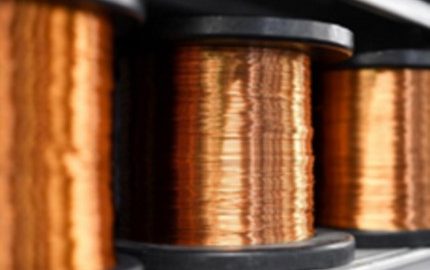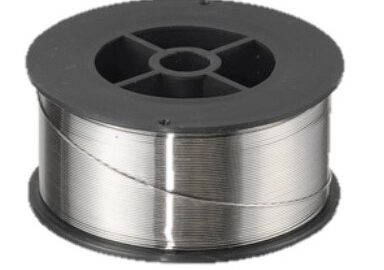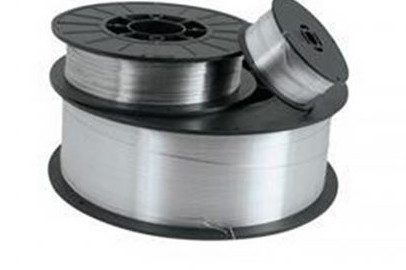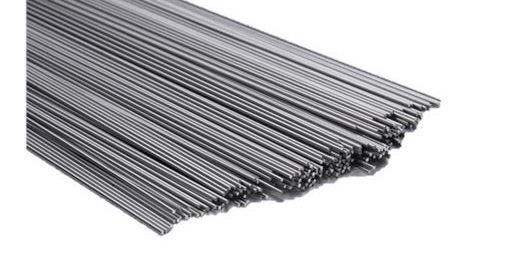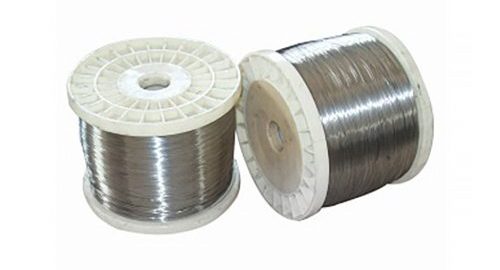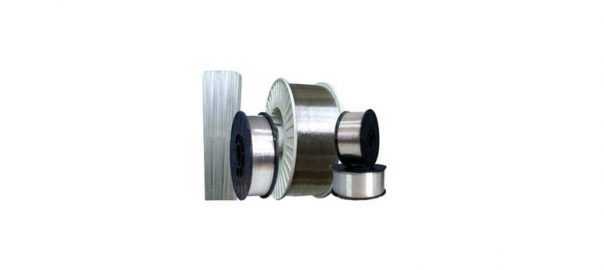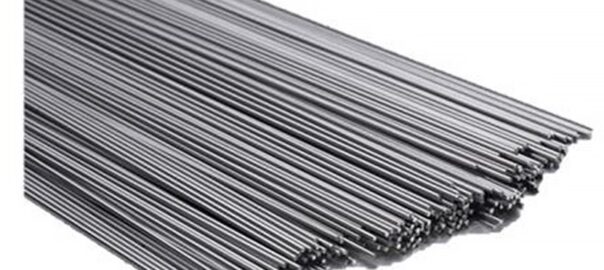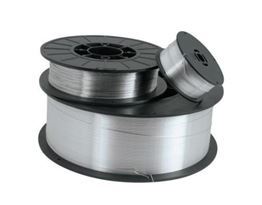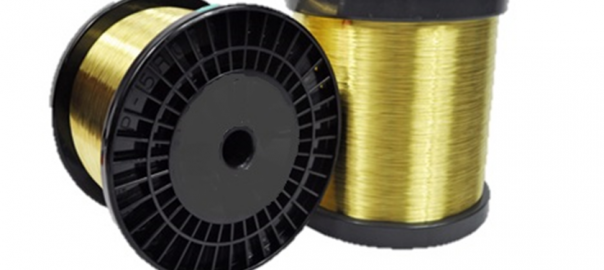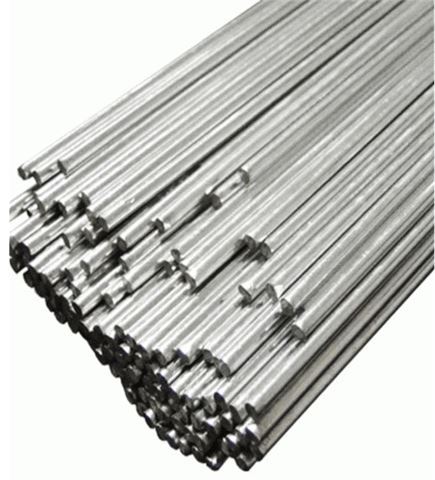
Selection of Welding Parameters for the Welding Process

The following are the steps two, three and four for the welding process. Click here for the post for step one of the welding process. Click here to find the best welding wire selection on Bob Martin Co.
Welding parameters should be selected to achieve as low a heat input as practical to minimize distortion. Thermal distortion can be high enough to overstrain the base materials causing stress cracking.
Heat Input = (Amps x Volts x 60)/Travel Speed. Lower amperage or voltage gives lower heat input. Faster travel speed, such as stringer beads compared to weaving, give lower heat input.
Adjust amperage or voltage to optimize:
- Arc stability
- Penetration (lower voltages tend to give lower penetration)
- Spatter (use either lower wire feed or higher voltage)
- Undercut (higher voltage tends to increase undercut. Alternatively, decrease travel speed to allow the molten weld pool to fill in the undercut)
- Dilution (lower penetration gives lower dilution)
Use welding technique with short arc lengths to minimize burn off of alloying elements.
Step 3: Proper Joint Preparation
CONTAMINATION
Remove or eliminate all possible sources of contamination including corrosion by products: dirt, oil, grease, scale, paints, and marking inks which may contain chlorides.
If anti-spatter agents are used, use such materials specifically designed for stainless steels. Beware of oils in compressed air if used to cool or dry weld joints. Note that degreasing can add contaminants that will compromise welding as well as create dangerous poisonous gases. Do not mix stainless steel and carbon steel fabrications to avoid iron contamination. Iron particles serve to initiate localized corrosion.
MOISTURE AND BASE METAL TEMPERATURE
Remove condensation. Allow weldments stored outdoors to warm to ambient temperature to avoid condensation. Check for moisture contamination of shielding gases.
PLASMA CUTTING
Finish grind to clean metal, joints prepared by plasma cutting or processes using nitrogen or air in the plasma. Nitriding of the joint can result which can cause rusting in the heat affected zone of the finished joint.
Use uncontaminated abrasives designed for stainless steels.
ANTICIPATE DISTORTION
Stainless steels have a rate of thermal expansion 50% greater than carbon steels. Nickel alloys expand to a lesser degree. Use frequent tacks, or skip welding to reduce stresses. Minimize weaving techniques which result in slower travel speeds and higher heat input. Stringer beads are most desired when welding on stainless steel or nickel base alloys.
NARROW GAPS
Avoid narrow gaps. The root gap should, at a minimum, be equal to the diameter of the electrode. This is particularly important when welding duplex stainless steels and nickel base alloys, which tend to have poor weld flow characteristics, resulting in lack of fusion or undercut.
Step 4 Post-Weld Cleaning
This is a very important step. The purpose of post weld cleaning is to ensure a properly formed chrome oxide film on the surface for optimum corrosion resistance: the smoother the finish, the higher the corrosion resistance. The heat from welding is capable of depleting chrome at the surface which can result in corrosion. To avoid rust, it is important to remove the chrome depleted zone by chemical or mechanical post weld cleaning.
Use of stainless-steel brushes and other tools are highly recommended to avoid impinging iron particles into the surface which will cause rust. Reference: https://www.esabna.com/us/en/education/blog/exaton-welding-guidelines.cfm
Contact us for your welding wire questions.




